What is an adapter?
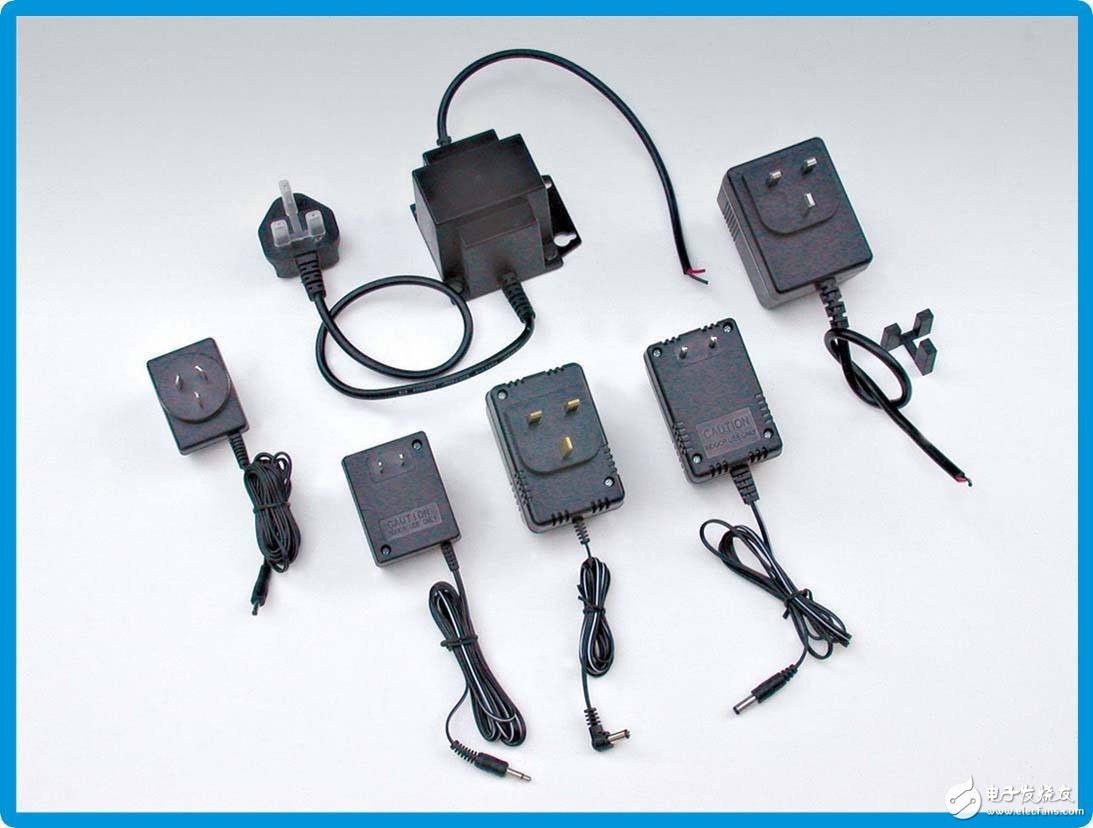
In software development, the adapter pattern—also known as the wrapper pattern—is a design pattern that allows incompatible interfaces to work together. It works by converting the interface of one class into another that the client expects. This makes it possible for two classes, which would otherwise be unable to communicate due to mismatched interfaces, to function seamlessly. The key idea behind this pattern is to wrap an existing class so that it can fit into a new system or interface without modifying its original code.
The roles involved in the adapter pattern are:
â— **Target**: This is the interface that the client expects to use. In the context of class adapter patterns, the target cannot be a class but must be an interface.
â— **Adaptee**: This refers to the existing class whose interface needs to be adapted to match the target interface.
â— **Adapter**: The adapter is the core component of the pattern. It acts as a bridge between the Adaptee and the Target, transforming the interface of the Adaptee into the one expected by the client. The adapter must be a concrete class, not an interface.
**The Nature of the Adapter Pattern**
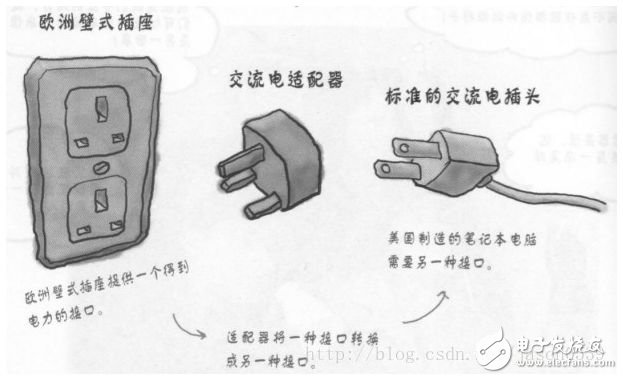
At its core, the adapter pattern is about **conversion and reusability**. It enables existing functionality to be used in a new context by converting its interface. This conversion is the means, while the real goal is to make the existing code compatible with the new system.
During this process, the adapter can also add additional logic before or after calling the original method, allowing for more intelligent adaptation. For example, it might validate input or handle errors before delegating the call to the underlying implementation.
**Adapter Classification**
There are three main types of adapter patterns:
**Class Adapter Pattern** – In this approach, the adapter class inherits from the adaptee class. This allows the adapter to override some of the adaptee’s behaviors. However, this limits flexibility because it only works with a single class and its subclasses.
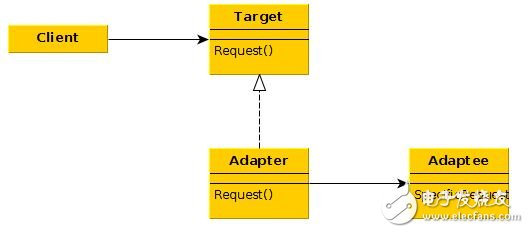
**Object Adapter Pattern** – Instead of inheriting, the adapter holds a reference to the adaptee object. This gives more flexibility, as it can work with multiple adaptees and even add new behaviors to them. However, overriding methods becomes more complex since it requires creating a subclass of the adaptee first.
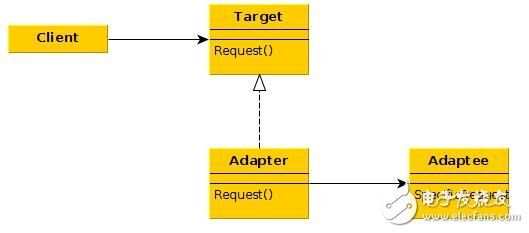
**Interface Adapter Pattern** – This is used when you want to provide a default implementation for an interface. An abstract class can implement all the methods of the interface, allowing other classes to inherit from it without having to implement every method themselves.
**When to Use an Adapter**
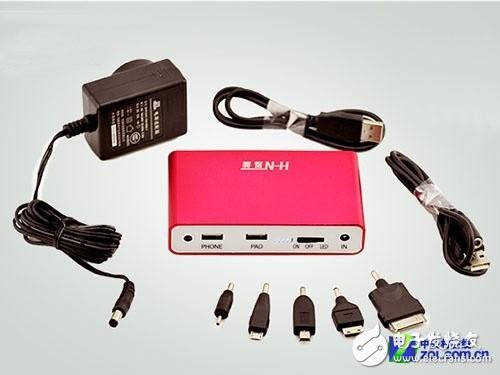
The adapter pattern isn’t used very often, but it’s essential in certain situations. Here are some common scenarios:
1. When your system needs to use existing classes, but their interfaces don’t match what the system requires.
2. When you want to create a reusable component that can interact with unrelated classes, even ones that may be added later. These classes might not share a consistent interface.
3. When you need to insert a class into another system via interface conversion. For instance, if you have a tiger and want it to fly, you could create an adapter that wraps the tiger and provides a flying interface without changing the tiger itself.
However, overusing adapters can complicate the system, making it harder to understand and maintain. If too many layers of adapters are introduced, it can become a mess, where the actual implementation is hidden behind multiple layers of abstraction. Therefore, it's better to refactor the system directly if possible instead of relying on too many adapters.
Manual Light Tower
A manual light tower is a portable lighting system that is operated manually. It is typically used in construction sites, outdoor events, emergency situations, and other areas where temporary lighting is needed.
Here are some key features and components of a manual light tower:
1. Light Fixtures: A manual light tower usually consists of multiple light fixtures mounted on a telescopic mast. The number and type of light fixtures can vary depending on the model and purpose of the tower.
2. Mast: The mast is the vertical structure that supports the light fixtures. It is typically made of steel or aluminum and can be extended or retracted manually to adjust the height of the lights.
3. Generator: Most manual light towers have an integrated generator to provide power to the light fixtures. The generator is usually powered by gasoline, diesel, or propane.
4. Control Panel: The control panel is used to start and stop the generator, control the intensity of the lights, and adjust other settings. It is typically located near the base of the tower for easy access.
5. Mobility: Manual light towers are designed to be portable and easy to move around. They are often equipped with wheels or a trailer hitch for towing.
6. Stabilization: To ensure stability, manual light towers are equipped with stabilizing legs or outriggers that can be extended to provide a solid base.
7. Durability: Manual light towers are built to withstand harsh outdoor conditions. They are typically made of heavy-duty materials and have weather-resistant coatings.
8. Manual Operation: Unlike automated light towers, manual light towers require manual operation for adjusting the height, turning on/off the lights, and starting/stopping the generator.
9. Lighting Options: Manual light towers can be equipped with different types of light fixtures, such as metal halide, LED, or halogen lights. The choice of lighting depends on the specific requirements of the application.
10. Safety Features: Manual light towers often have safety features such as emerg
Manual Light Tower,Small And Convenient Light Tower,Led Lamp Tower Light,Mobile Light Tower For Emergency
Grandwatt Electric Corp. , https://www.grandwattelectric.com




